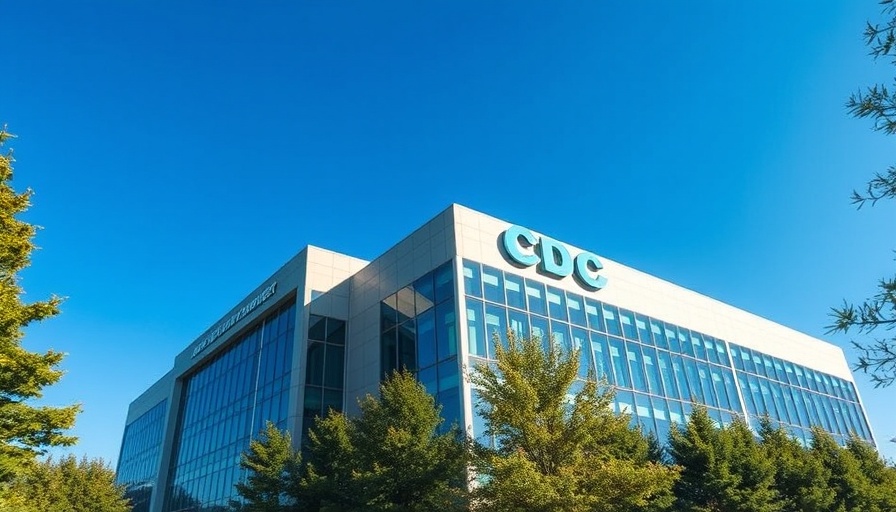
CDC's Unexpected Reversal: What It Means for Public Health
The Centers for Disease Control and Prevention (CDC) has made headlines with a surprising decision to rescind the terminations of hundreds of employees, just weeks after a wave of firings under the Trump administration. Emails sent out to some employees informed them that their terminations were being lifted and that they were cleared to return to work. As some CDC staff members expressed relief and confusion, the implications of these actions reverberate beyond the agency's walls, raising questions about the stability and future of public health initiatives nationwide.
Impact on Public Health Training Programs
The abrupt terminations in February of nearly 750 CDC workers primarily affected those in crucial training programs designed to bolster the public health workforce across state and local departments. According to reports, these programs are essential for developing future public health leaders, many of whom have transitioned into significant roles within the CDC itself. The removal of these employees undermines ongoing public health efforts that identify and manage infectious outbreaks, which were already strained by previous budget cuts and a lack of resources.
The Surprising Turnaround
In this unexpected turnaround, several staff members who were initially laid off—including those from the Laboratory Leadership Service program and the Public Health Associate Program—received notifications indicating they were reinstated. Many employees expressed optimism but also a hesitance to fully rejoice, given the volatile nature of employment under the current administration. They have raised concerns that the notice came without assurances about job security or protections against future layoffs.
A Closer Look at Recent Public Health Challenges
The recent staffing turmoil at the CDC highlights broader issues within the U.S. healthcare system, which has faced significant challenges since the onset of the COVID-19 pandemic. The loss of trained personnel severely hampers the ability to respond effectively to health crises, potentially compromising public safety. Federal health experts have already pointed out that local health departments have become overburdened due to shrinking resources, further straining an already delicate public health landscape.
Political Dynamics and Prospective Future Changes
With the Trump administration's push for governmental restructuring, the CDC's workforce reinstatement comes as federal agencies prepare to submit plans for significant layoffs by mid-March. The current environment fosters uncertainty and fear among public health employees, mirroring a culture of unpredictability that threatens to destabilize crucial health services across the country.
Voices from Inside the CDC
Current employees have varied responses to the news of reinstatement. Some publicly express gratitude while simultaneously advocating for transparency and consistency within agency governance. Issues of gaslighting and psychological stress, tied to the abruptness of firings and reinstatements, have surfaced as significant concerns among CDC staffers. In various interviews, these employees have underscored their commitment to public health despite the unsettling organizational climate.
Moving Forward: The Path to Recovery
The CDC's actions echo the importance of stability in public health leadership, particularly in the face of potential outbreaks and other health crises. Rebuilding trust in these important institutions is vital, and ensuring proper staffing levels and support systems within public departments is crucial for robust health responses in the future.
The complexity of public health funding and staffing will require a concerted effort from government leaders, public health officials, and communities to ensure that everyone’s health remains a priority. As the political landscape continues to shift, stakeholders must advocate for a resilient public health system that can effectively respond to emerging threats.
As such, it’s crucial for business leaders, especially within tech-driven industries, to stay informed about these developments, as the health of public institutions can significantly impact the broader economy.
Take action now by supporting local health initiatives and advocating for a stable and well-resourced public health sector!
 Add Row
Add Row  Add
Add 




Write A Comment